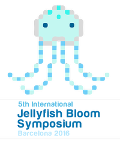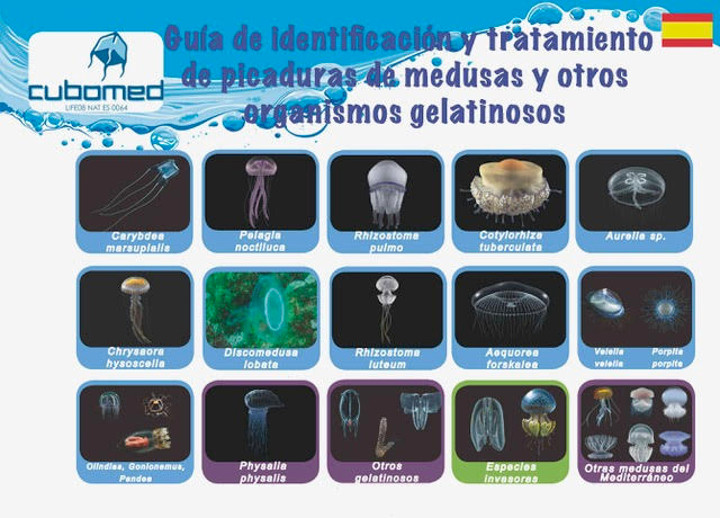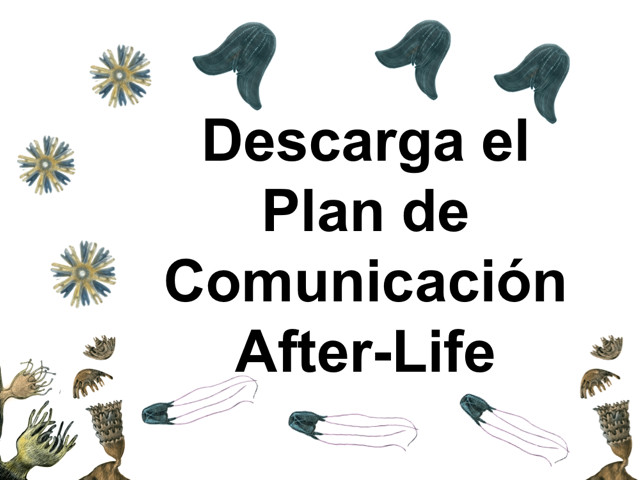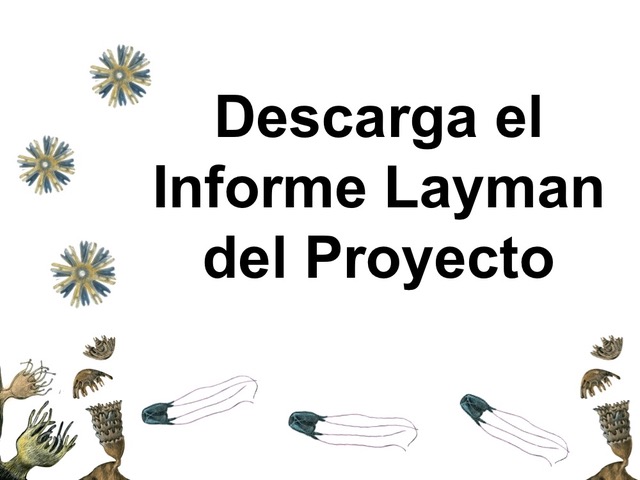
Conclusions 5th JBS
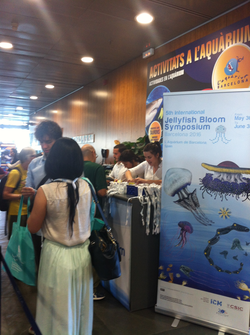
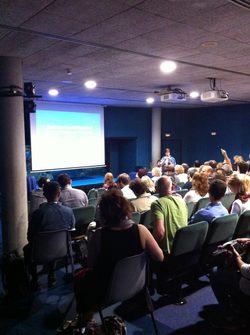
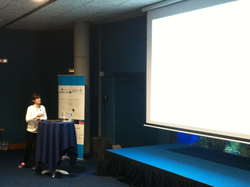
The updated results presented showed an increase in the number of cubozoan species, particularly since 2004. Some of the 47 species already described are painful stingers and even deadly, causing serious problems for management in many areas of the world. However, there is few data on distribution and abundance for most of the species. The data compiled showed that some species may distribute at local spatial scales, while others present a circumtropical distribution. This has been related with the swimming ability, because cubozoans are strong swimmers, and this may enable some species to maintain localized populations. Currents and morphology of the coast have been used to model the distribution of some species. This is particularly important to clarify the extent of population units and stocks, as well as the connectivity among populations (Kingsford, Schaefer et al.).
There are also some other factors influencing the behavior and distribution of cubozoans. For instance, artificial light pollution may play a role in the aggregations of the box jellyfish Alatina alata by attracting cubomedusae to the shore in Hawaii (Chiaverano et al.). They observed a relation between frequency of occurrence of A. alata and the intensity of artificial light at night. The cubomedusae were potentially capable of “seeing” lights at night from 1.6 km offshore. Moreover, the behavioral responses varied depending on the color (wavelength) of the light, being negative to blue LED. These results may have potential implications for management also in other areas of the world.
Synergistic effects between other environmental variables driving populations size were also pointed out. For example, although salinity may trigger the metamorphosis of the polyps, too much fresh water may kill Chironex fleckeri in Australia. Regarding the acidification of the ocean, lower pH conditions seem to decrease the abundance of polyps as well as the size of the statoliths (Klein et al. 2014). On the other hand, influence of human activities on the coast as nutrient enrichment and artificial constructions, may be enhancing box jellyfish proliferations in the Mediterranean by increasing food availability and new substrates for the polyps.
Special attention was paid to the proposals for the management of this proliferations and the reduction of the risk. Forecasting of cubozoans have been developed and applied in some regions as Hawaii, where a jellyfish calendar is available to consult the monthly inshore arrivals of the species A. alata (http://www.to-hawaii.com/jellyfishcalendar.html). These have been observed to be synchronized with the moon cycle, and the cubomedusae arrive to the coast 8-10 days after full moon. Therefore, development of models for predicting the distribution of the species may be a good tool for management, but these have to be supported and validated by distribution studies and experiments. Therefore, detection, collection, proper identification and monitoring of cubozoans are necessary steps to increase our knowledge about their distribution and seasonality.
Other strategies adopted in Australia in order to prevent and protect people from cubozoans stings are the use of stinger suits, creams, and exclusion nets in some areas for some particular species. Recently, the use of sentinel cams has been applied to detect the presence of some of the larger species. In addition, investigations on venom composition and response treatment to the particular potent sting are continuously in progress. In this sense, investigations including ecologists, clinicians and biochemists will be necessary.
The conclusion was that the most effective approach would be good communication and empowering stakeholders at a local level with different tools.
More news about the 5th JBS in the media:
EUROPAPRESS / RTVE / ANTENA 3 / LA VANGUARDIA